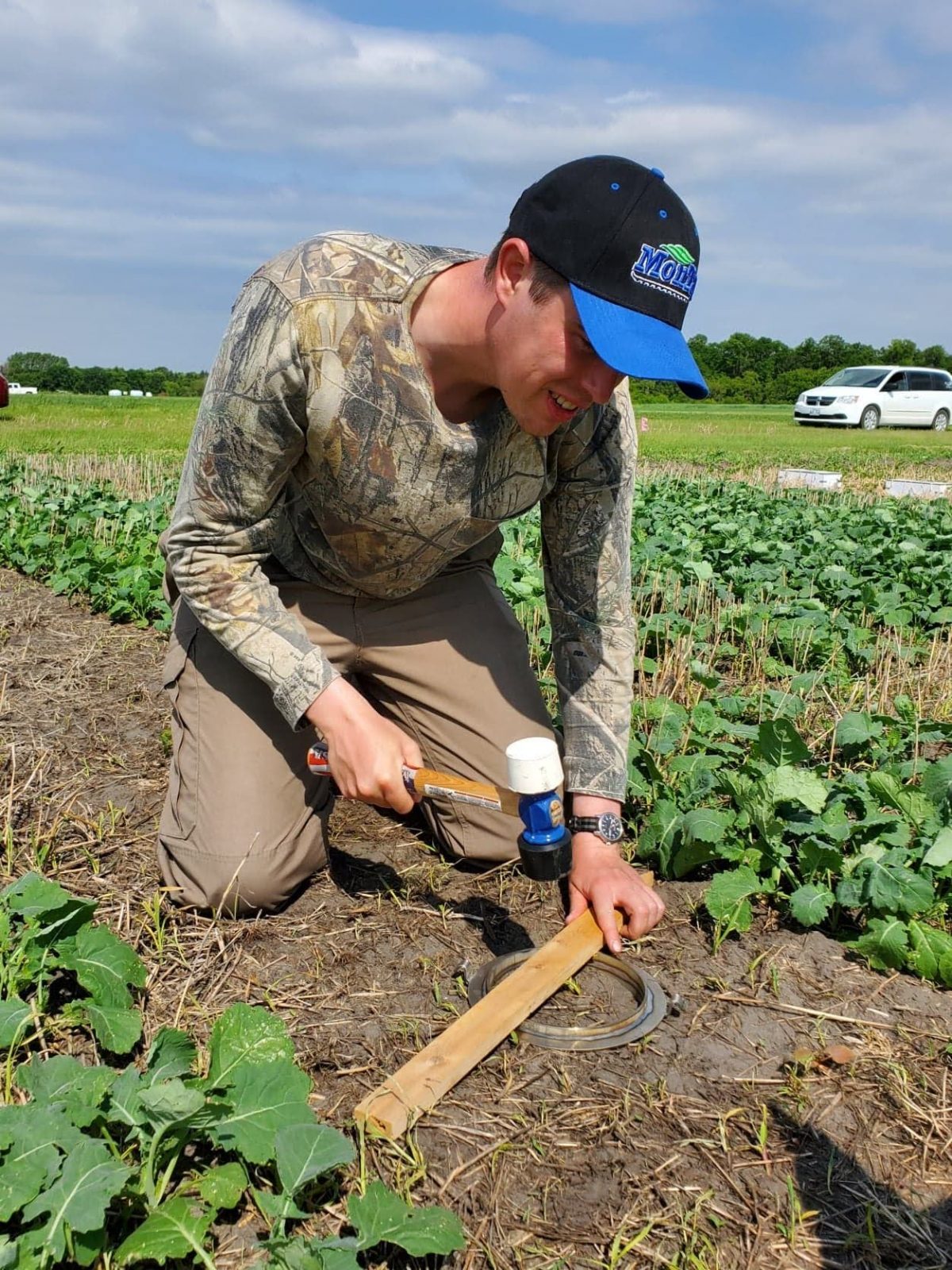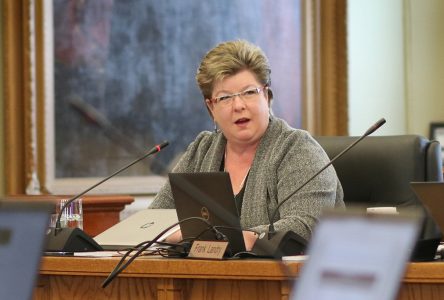ONTARIO – University of Manitoba PhD student Callum Morrison is currently conducting a survey of Ontario farmers to try and get a picture of who uses cover crops, and who does not.
A cover crop is a crop that a farmer may plant in his field when he cannot plant a cash crop there. A cover crop is one that is not intended to be harvested, instead, a cover crop can be planted to stave off soil erosion and help promote healthy nutrients in the soil.
“When soil sits bare, it is the perfect recipe for soil erosion to take place,” Morrison, a student in agronomy, explained. “The roots of a cover crop will hold the soil in place.”
A cover crop may even generate revenue or other indirect benefit to a farmer if they have livestock that they own graze the crop and fertilize the soil, or rent the crop for grazing to a neighbouring farmer.
Currently, Morrison has had over 300 Ontario farmers respond to his survey, but he is looking to get as big a picture of cover crops in the province as possible.
Of the farmers who have responded to Morrison’s survey so far, 223 have stated that they make use of cover crops, while a little less than 70 said that they did not.
Those who did not use cover crops often cited were cover crops not establishing well, or cash crops being harvested too late in the season, leaving no time to plant a cover crop. Cover crops are commonly planted in the fall or spring.
According to Morrison’s data, the most common cover crop planted by Ontario farmers is ore oats, with 213 respondents stating that they plant them as a cover crop. A second choice to ore oats as a cover crop was raddishes, with over 40 per cent of respondents picking raddishes as their preferred cover crop.
Overall, whether directly or indirectly, many farmers said they saw some level of financial benefit to planting cover crops, with 10 per cent of respondents stating they saw a profit increase, 30 per cent saying they saw a slight profit increase, and 32 per cent saying they saw no change or a slight to significant loss with the rest being unsure.
Morrison will use the results of the survey in his PhD thesis, and hopes that the information will be able to help farmers make informed decisions about cover crops and to generate user driven data for the industry to learn from.
“I hope this gives farmers a platform to talk to researchers,” Morrison said. “Research needs to be farmer driven. This will help them know where the problems are. Hopefully this will have the effect of informing long-term cover crop policy.”
Morrison’s survey is being conducted online through Survey Monkey and will continue to collect data from respondents through to the end of March.




